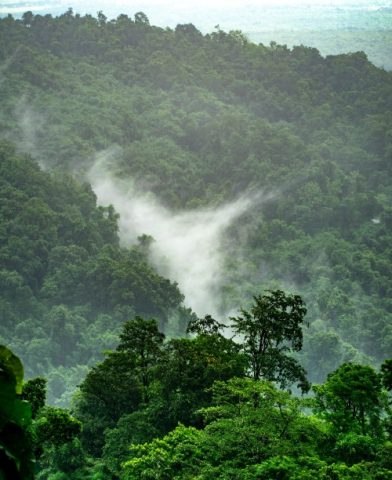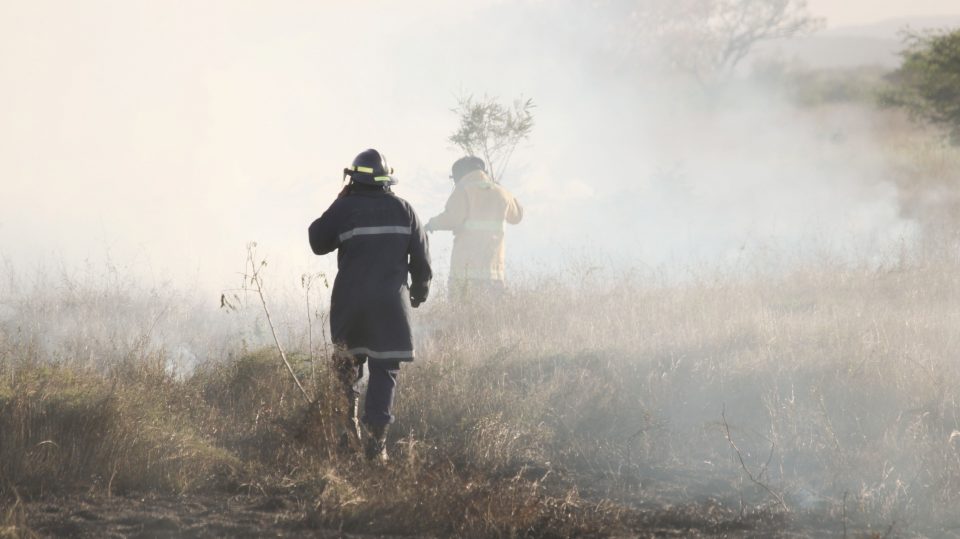The intricacies of forest and their hidden value

Summer is over: How to return to work with a positive mindset
September 5, 2022
Today’s challenges in teaching
September 12, 2022
Imagine being able to pinpoint with millimeter-level accuracy what is happening in the forest. What species inhabit a particular area, and what weather conditions they experience over time. Or even the soil’s kind of composition and the purpose for which it is used. You don’t need to envision much more. All of this has already been achieved: thanks to advances in information technologies, forest management is now a precision activity. And much more effective.
To plan and intervene in this vast and complex terrestrial ecosystem, it is crucial to have a thorough understanding of the forest in a systematic and ongoing manner. Today’s advancements in technology information and digitization allow a millimetric assessment of the state and use of forests, supporting numerous and varied purposes such as identifying the best locations for production forests or for forests’ protection and conservation.
In addition to high-resolution satellite images, such as those obtained by the Copernicus program’s Sentinel satellites (promoted by the European Space Agency), the support of aerial (Airborne Laser Scanning-ALS) and terrestrial cartography (Terrestrial Laser Scanning-TLS) allows the construction of a spectral information base of less than one centimeter. This unique data source is being used to streamline management and improve the effectiveness of land operations, hence improving forest quality and sustainability.
European project for better forest
The forest’s various environmental, social, and economic benefits depend on its sustainable management. Based on this principle, the European Union launched “My Sustainable Forest,” a project involving numerous EU partners, such as Portugal, through RAIZ – Forest and Paper Research Institute. This platform delivers forest management information services based on satellite data, facilitating and optimizing the planning of diverse operations ranging from economic or production activities to conservation actions.
Experience in the paper industry
Planting forests with various species in Portugal has allowed for the testing of forest management, monitoring, and preservation measures, resulting in the development of knowledge and technology on interacting with soil, water resources, biodiversity, and risk control. With decades of knowledge and scientific experience, the national paper industry has bet on technological resources to continuously improve forest management, specifically in the establishment of mosaics in which production species coexist, making these areas more efficient and sustainable and thus adding more environmental and socioeconomic value to the forest sector.
The Navigator Company’s sustainable forests support National Geographic Portugal in reducing its ecological footprint.




